When most of us head to the beach, our day usually involves building sandcastles, basking in the sun, or searching through the seashore for the most attractive seashells for our collection. But what if, instead of seashells, you stumble upon a discovery that transports you millions of years back in time?
Well, that’s exactly what happened to a 10-year-old girl! Pretty cool, right?
10-year-old Tegan went on a summer holiday beach stroll in Penarth with her mother, Claire, when she found five giant footprints in the rocks that experts think were made by dinosaurs.
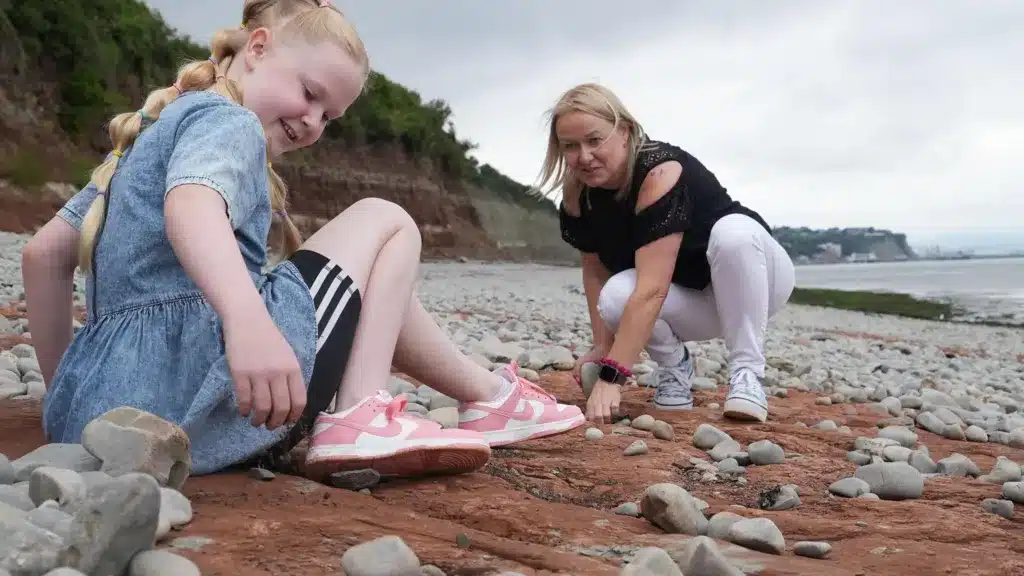
The dinosaur tracks were discovered stuck in red siltstone at Lavernock Point, a place known to be a prehistoric hotspot and located between Cardiff and Barry on the Glamorgan Heritage Coast, where the girl’s mom used to live.
Tegan first saw these huge footprints, which caught the attention of dinosaur experts. They believe these prints could have been made by a large, long-necked dinosaur called a camelotia over 200 million years ago.
“It was so cool and exciting. We were just out looking to see what we could find. We didn’t think we’d find anything. We found these were big holes that looked like dinosaur footprints, so mum took some pictures, emailed the museum and it was from a long-necked dinosaur,” said Tegan.
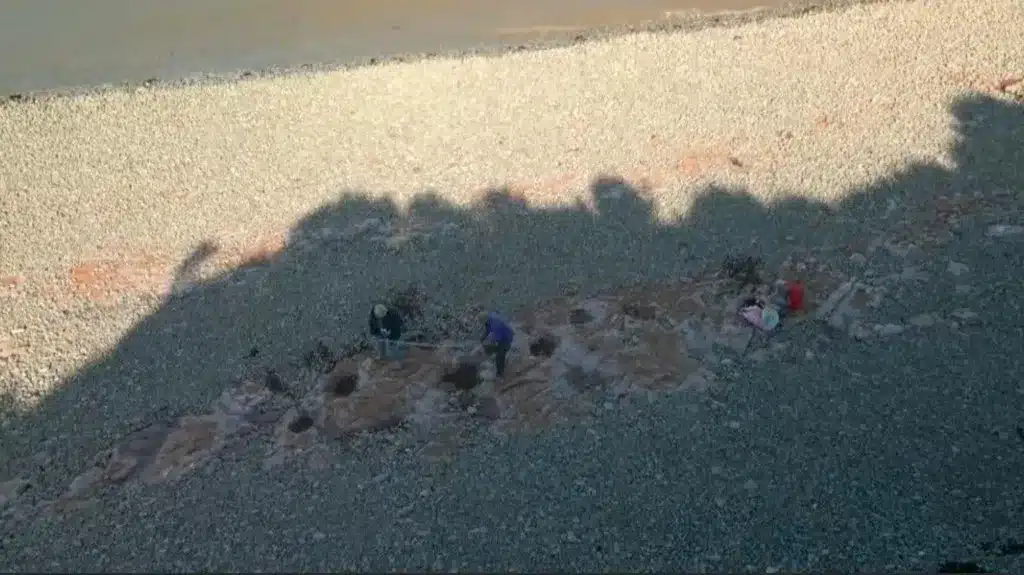
Experts say these footprints might be from a Camelotia, a big dinosaur that lived more than 200 million years ago and ate plants. They also believe the dinosaur could have been from the sauropodomorpha family.
Scientists are convinced that these footprints, which are about 75cm (30 inches) apart, were left by a large plant-eating dinosaur from the late Triassic period.
Cindy Howells, a paleontology curator for the National Museum Wales, believes the footprints are real because the steps follow a regular pattern. She explained that she would be doubtful if the holes were random. However, the fact that there’s an order to them – left foot, right foot, then left foot, and right foot again, all spaced out evenly – convinced her they were genuine.
What is a camelotia dinosaur?
Camelotia is a group of small herbivorous dinosaurs that lived approximately 125 million years ago in the Late Cretaceous Period of England and Scotland.
It’s believed these dinosaurs were pretty small, standing on two legs. They measure around 33 feet long and weigh around 3 tons. They were among the biggest animals living on land during the Triassic.
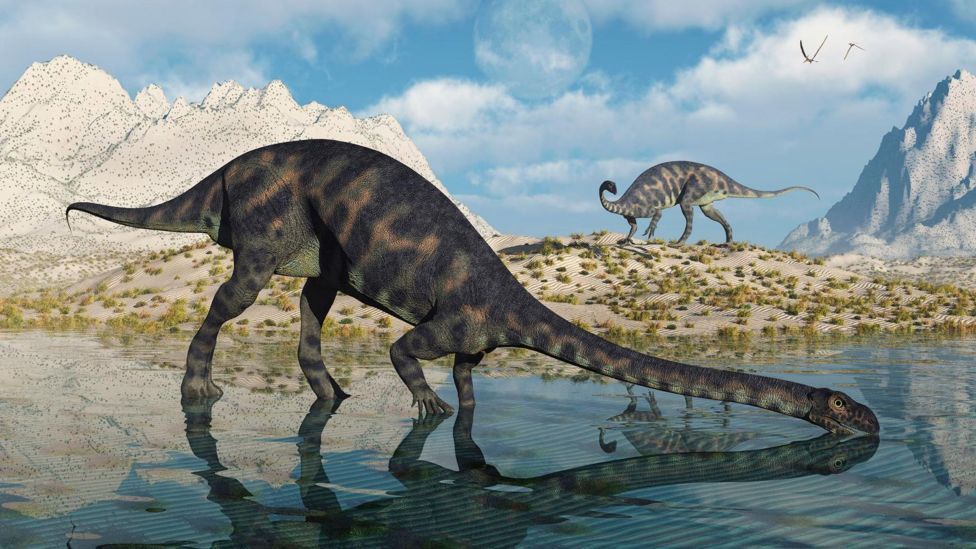
Camelotia was slender, with long hind legs and shorter front legs. Their heads were elongated and narrow, with large, leaf-shaped teeth suited for munching on plants.
Their bones were lightweight and seemed to have spaces within them, which might have helped them breathe. Camelotia likely lived in different places, like forests, grassy areas, and swamps. Their diet also probably consisted of various plants, and they might have snacked on small critters like insects.
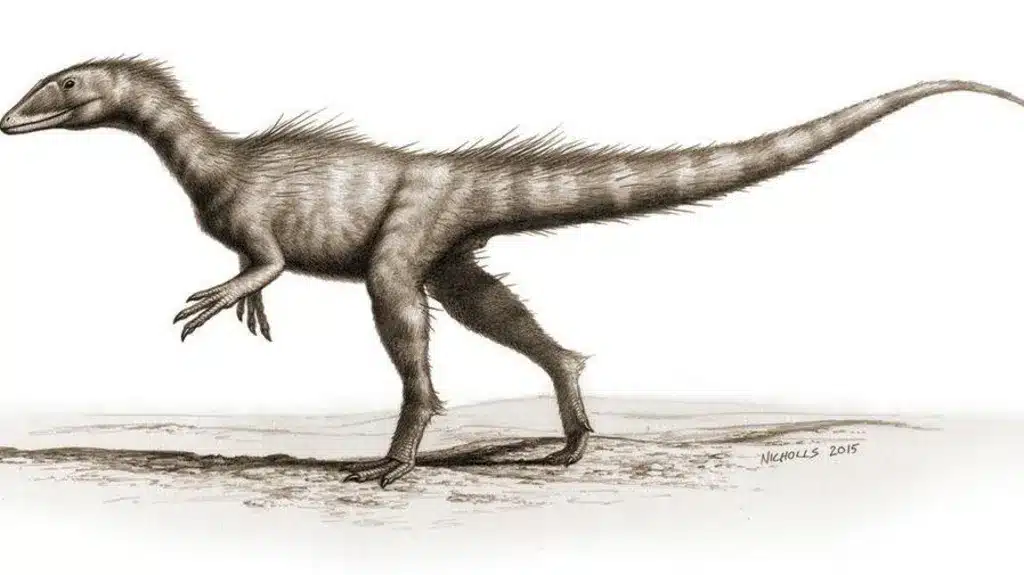
Paleontologists are now working with the National Museum Wales’ paleontology curator to verify the discovery.
Are These The First Dinosaur Prints Found?
Cindy Howells is certain that Tegan’s footprints have something to do with the first dino prints discovered in 1879 near Porthcawl, Wales. After that, they found some bones in Cowbridge and even more footprints near Barry and Sully at The Hendricks, which is now important for science and studying old bones and tracks.
In 2014, they dug up a whole dinosaur skeleton on the same beach near Penarth where Tegan found those prints. It was a 201-million-year-old dracoraptor, which is a 201-million-year-old dracoraptor and a meat-eating cousin of the T-rex.
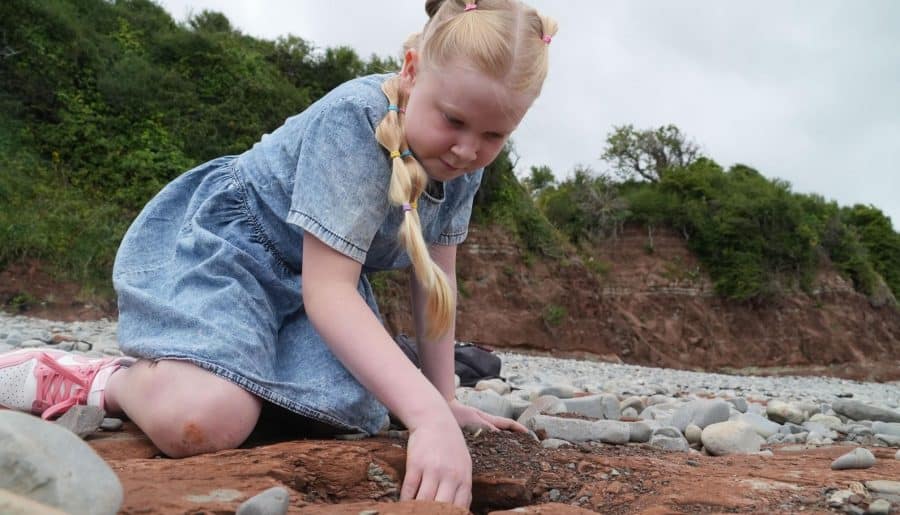
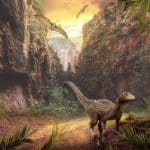
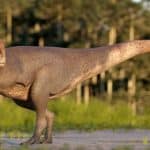



 Hatsune Miku
Hatsune Miku
